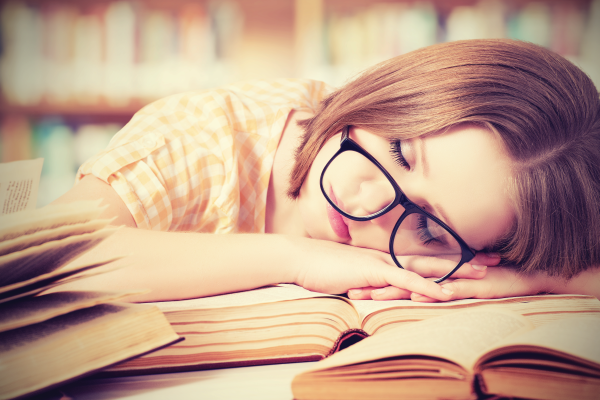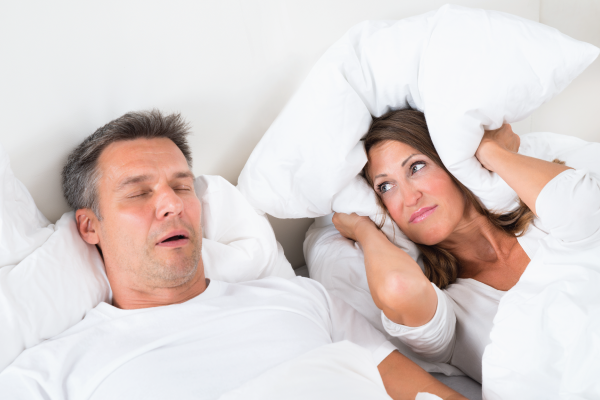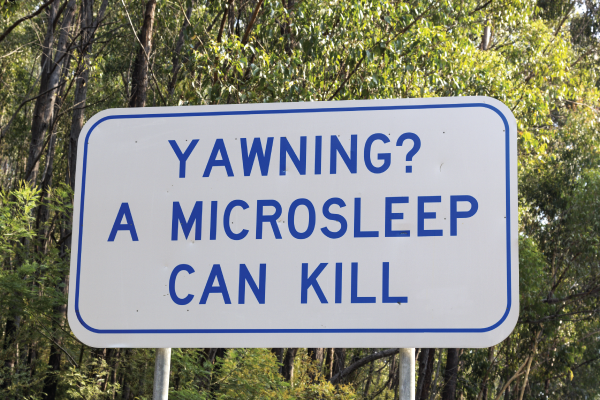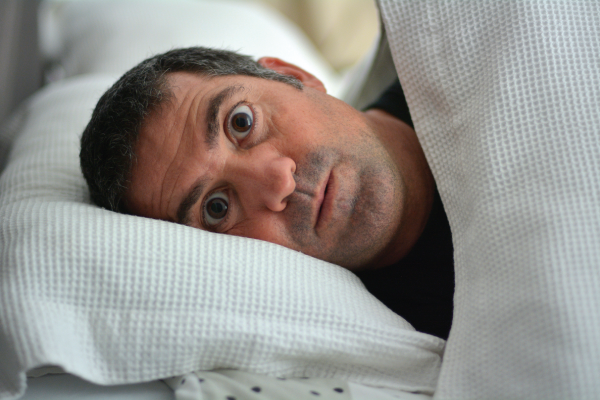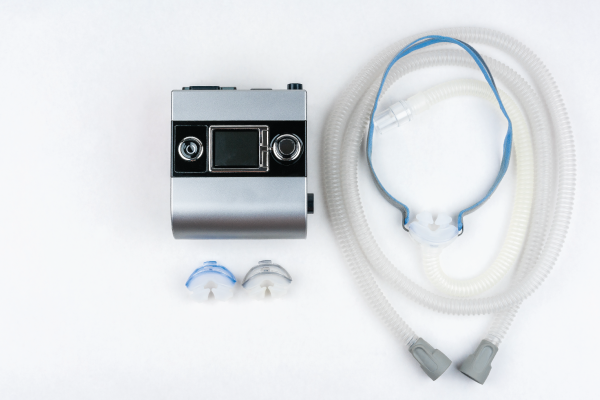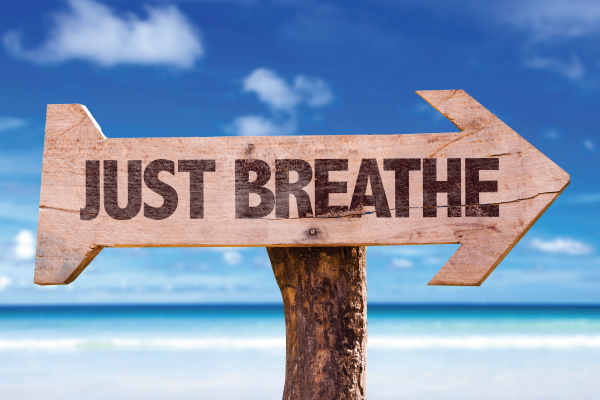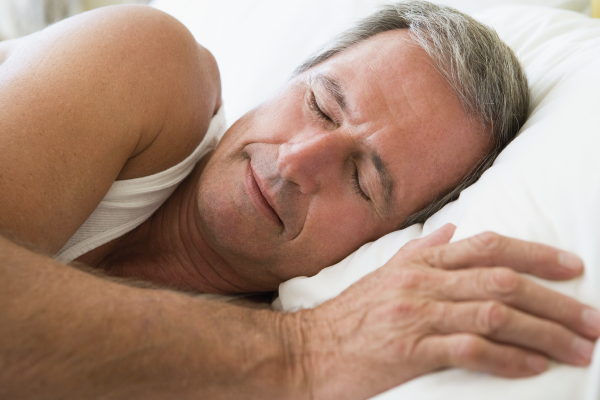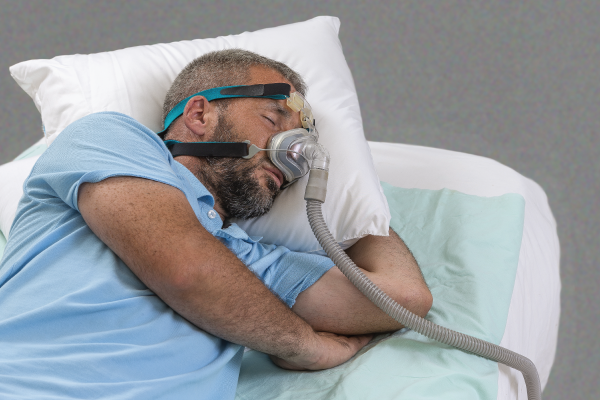Sleep Disorder – 5 Essential Bedroom Tips
If you’re tired of having a bad night and suspect you have a sleep disorder, here are five bedroom essentials to help improve your sleep!
1. Get Tested!
Ok, so this isn’t a bedroom tip – but it makes sense. If you suspect you have a sleep disorder, ask a professional! Getting a referral means a visit to your GP, who will be able to refer you to a medical specialist. There are a large number of factors that can cause you to lose sleep, wake up tired or fall asleep during the day. A common cause for this is
Obstructive Sleep Apnea (
OSA)- where your breathing is interrupted for short periods of time whilst asleep, semi-waking you up. It is quite common for sleep apnea to be mistaken as snoring by your partner.
2. Sleep apnea mask
If you are diagnosed with OSA, chances are you will be given a recommendation for a
CPAP machine. An apnea machine, or
CPAP mask, is a bedroom necessity to truly help combat your
sleep apnea. If you’re worried about adjusting to sleeping with an apnea mask, don’t.There are many mask type around such as pillow masks or a nasal pillow / nasal mask. The problem with these type of mask is that they are manufactured as “one-size fits all”.
ApneaSeal create custom 3D fitted masks for individuals so you are guaranteed a mask that is perfect for you. Use the mask every night without fail and you will soon hardly notice the mask at all.
If you’ve been using a mouth piece and are curious about a mask read our
previous post explaining the differences.
3. Remove all screens
It is important to remove all screens in your bedroom, such as a TV or desktop computer as not only will they omit disturbing light in the night, they may also tempt you to watch or play games before bed. Stimulation from screens is often associated with developing a sleep disorder. Replace watching TV before bed with reading instead. Reading will relax your mind rather than stimulate it which will help you fall into a peaceful sleep.
4. A hot, soothing beverage
Drinking something like tea, preferably herbal like chamomile or green tea, before bed is a much healthier alternative to alcohol. Don’t delude yourself into thinking alcohol will counter a sleep disorder to relax you and help you sleep, as alcohol can actually worsen the effects of sleep apnea. A mug of sweet tea is, therefore, a much more beneficial addition to your bedside table and night time routine.
5. A firm pillow
Having a comfortable bed is not only appealing, it is also essential. A firm pillow is particularly important when wearing a CPAP machine as it supports your neck while wearing the mask. Many people favour memory foam pillows which mould to the shape of the individual and often help create a comfortable night’s sleep.
For more information please browse our <a href=”https://apneaseal.com.au/faq/”>FAQ page,</a> or <a href=”https://apneaseal.com.au/contact-us/”>contact us</a> to learn more about our customised sleep apnea masks.

